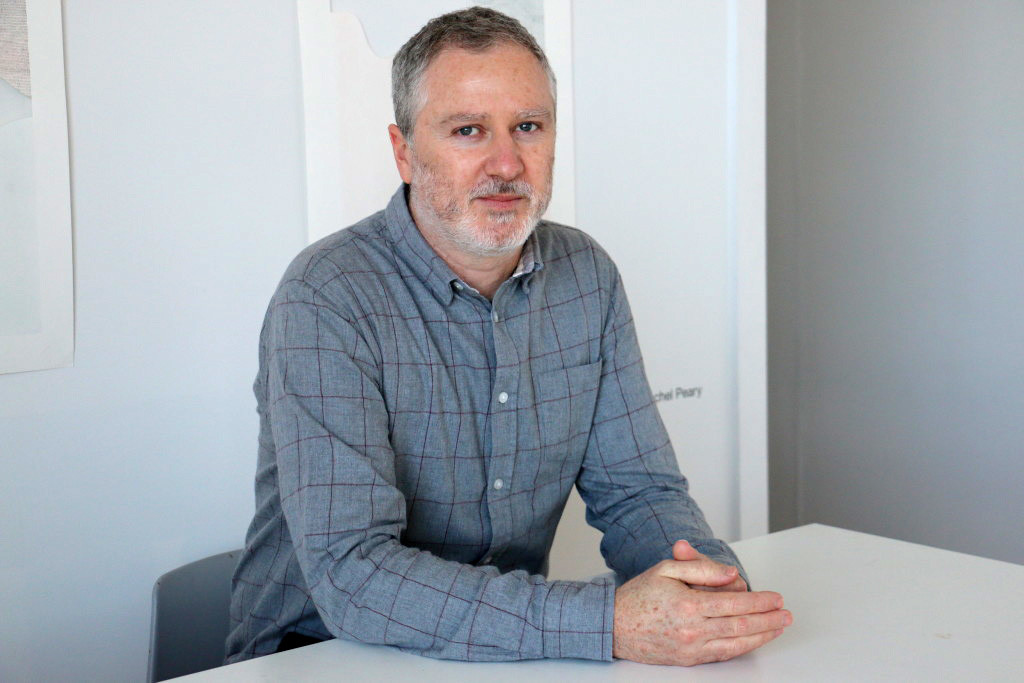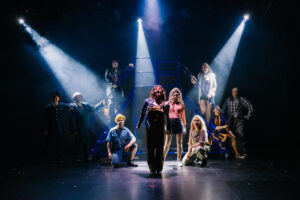Daniel Von Sturmer and the perception of art
Art is all about the viewer, says Spark presenter Daniel Von Sturmer.
It is sometimes assumed that a finished artwork is an end product.
But that is not the case for New Zealand born, Melbourne based, artist Daniel Von Sturmer, who presented at Spark earlier this week.

Von Sturmer works with ideas of a viewer’s perception of his art at the forefront of his design.
“I’m thinking about installations in terms of what a viewer might do in the space, how they interact with the work and what the work might signify for them on different levels,” Von Sturmer said.
The way a viewer experiences his work is fundamental to the way he operates.
In his practice he uses video, photography, installation and architectural innovations and often transforms gallery spaces physically.
Von Sturmer says architecture has an effect on people consciously or unconsciously.
One of the first things he thinks about, when working with a space, is that architectural influence.
“Architecture sets up relationships that we’re not necessarily even thinking about…sometimes quite subtle but very affecting in terms of what a viewer experiences.”
And when creating, he does so with his own assumptions of the way his art might be perceived by an audience.
Sometimes he is wrong, but says wrong assumptions are helpful to growth as an artist.
“Something you thought might be funny, isn’t funny. Or conversely, something you thought might be serious turns out to be really funny. If you can roll with those differences of expectations meeting actual perceptions then it’s quite a good thing.”
An artwork can also be held in varying opinion at different times by the public and Von Sturmer says this is why artworks can fall in and out of favour.
“Things definitely change when they’re in the public realm, when they’re in the sphere of social enquiry, it’s the things that people do with the work that makes it relevant to life.”
Von Sturmer created Plane for Melbourne’s 1st Floor Writers Space in 2000.
The architectural intervention involved temporary removal of a gallery wall and the substitution of a plane of glass, bringing a hidden corridor into view.
“My thinking was about the space itself, about this social engagement that happened from one gallery type to another.”
Wintec student Courtney Kawiti is in her last year of studies and is attending every Spark presentation. She said she enjoyed watching Von Sturmer explain the process of making everyday objects into relevant art.
“I liked that his works were a little more experimental,” Kawiti said.
Von Sturmer has extensively exhibited around the globe.




